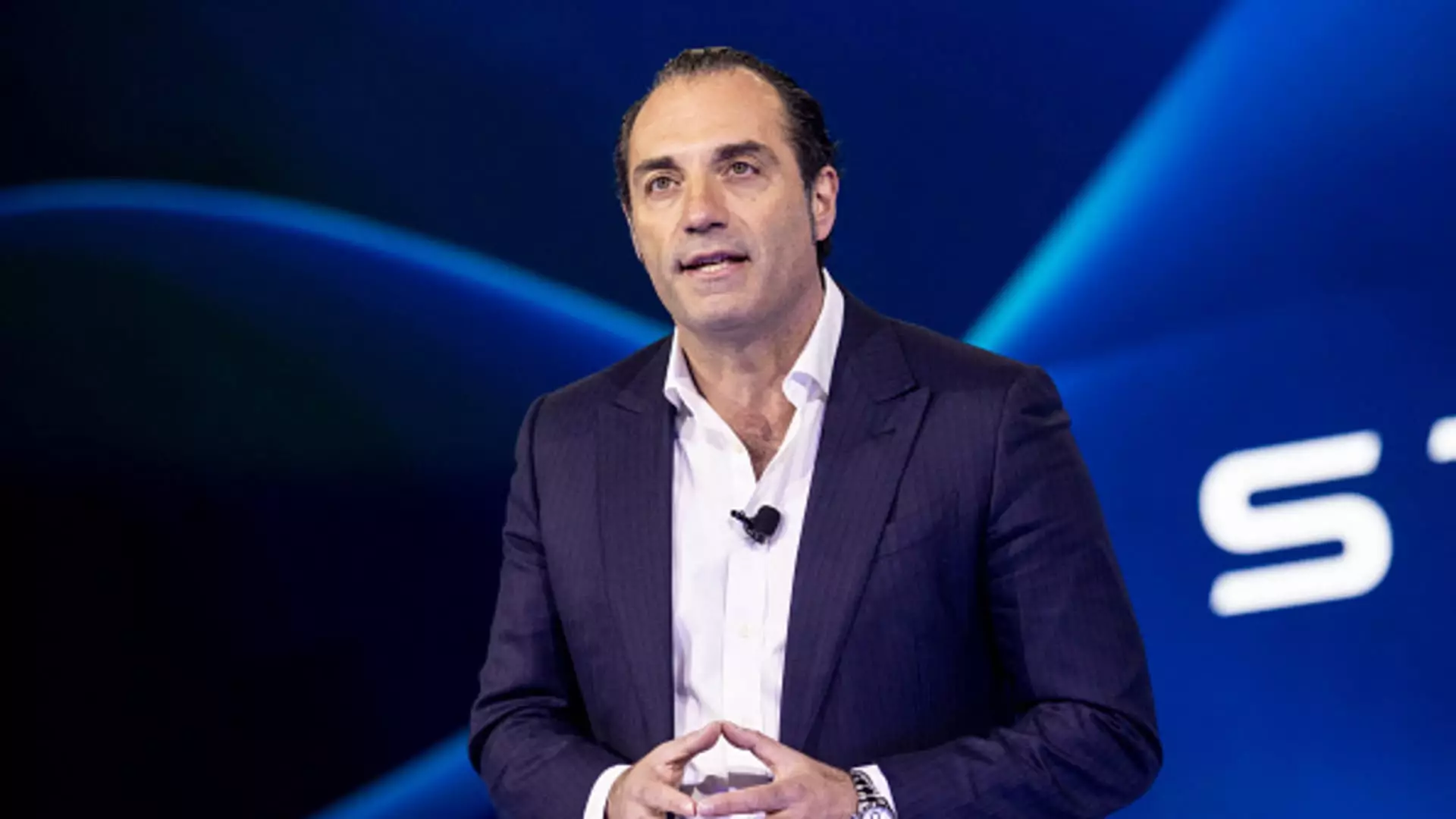In the automotive industry’s ever-evolving landscape, Stellantis finds itself at a crossroads. With a critical focus on revitalizing its retail market share in the United States, the company seeks to bounce back from several years of declining sales that have plagued its operations. Antonio Filosa, the newly appointed head of Stellantis North American operations, recently highlighted the importance of a fresh strategic approach during a media roundtable at the Detroit Auto Show.
Stellantis’ strategy for the upcoming year is driven by a profound need to enhance its position within the U.S. retail market. After witnessing a steady decline in sales since 2018—a troubling trend exacerbated by the merger of Fiat Chrysler and PSA Groupe—Filosa acknowledges that previous management tactics must be revised. Stellantis’ market share has diminished from 12.6% in 2019 to a concerning 9.6% in 2023, a statistic that reflects the larger challenges the company faces as it seeks to regain lost ground.
In order to achieve the desired growth, Stellantis aims to foster stronger relationships with its dealers. This means not only offering increased incentives but also emphasizing a collaborative approach that allows dealers to feel supported and valued. A dedicated leadership team focusing on the specifics of the U.S. market reinforces Stellantis’ commitment to tailoring its strategies accordingly. With significant adjustments in leadership dynamics, the automaker hopes to cultivate a renewed sense of trust and loyalty among dealer partnerships.
During discussions with various leaders of Stellantis’ U.S. automotive brands, a common theme emerged: a palpable urgency characterized by a “grow or die” mentality. Bob Broderdorf, head of Jeep, expressed his confidence in the company’s proactive measures, signaling a significant transformation compared to six months prior. This sentiment was echoed by Tim Kuniskis, who has returned to lead the Ram Truck division after stepping away for a brief period. Kuniskis is determined to realign the brand’s strategy to better accommodate both dealer needs and consumer demands.
The Ram brand, in particular, has faced substantial challenges, suffering a notable decline in sales. Kuniskis candidly referred to the past year as “bad,” indicating a commitment to revisiting strategies surrounding production and product offerings. With the recent introduction of redesigned Ram 1500 pickups, the focus now shifts toward balancing production volume with profit margins—an essential goal in the competitive automotive market.
The period leading up to the Stellantis merger and the subsequent years have taught the company crucial lessons about the pitfalls of focusing solely on profitability. Under the leadership of former CEO Carlos Tavares, the emphasis on cost reduction and maintaining high-profit margins came at the expense of paying close attention to market dynamics in the U.S. This oversight has contributed directly to the setbacks the company now faces, necessitating a shift in philosophy under Filosa’s direction.
Filosa has been forthright about the company’s prior missteps, affirming that neglecting the North American market was a significant error. His admission signals a commitment to rectifying these oversights by adapting Stellantis’ U.S. operations to meet the demands of an ever-changing automotive landscape.
Navigating Political and Economic Uncertainty
As Stellantis launches its new initiatives and strategic adjustments, it must also contend with potential regulatory changes under the incoming Trump administration. There are looming threats to electric vehicle incentives and new tariffs affecting imports from Canada and Mexico—two key markets for Stellantis. Filosa has emphasized the importance of proactive planning during this uncertain period, indicating that further operational shifts may be necessary to adapt to governmental policies.
Stellantis is at a pivotal moment, one that demands conscientious strategies centered on market share recovery. With determined leadership, redefined dealer relationships, and an eagerness to learn from past mistakes, the company appears to be positioning itself for renewed growth as it charts a sustainable path forward in the U.S. automotive market.

